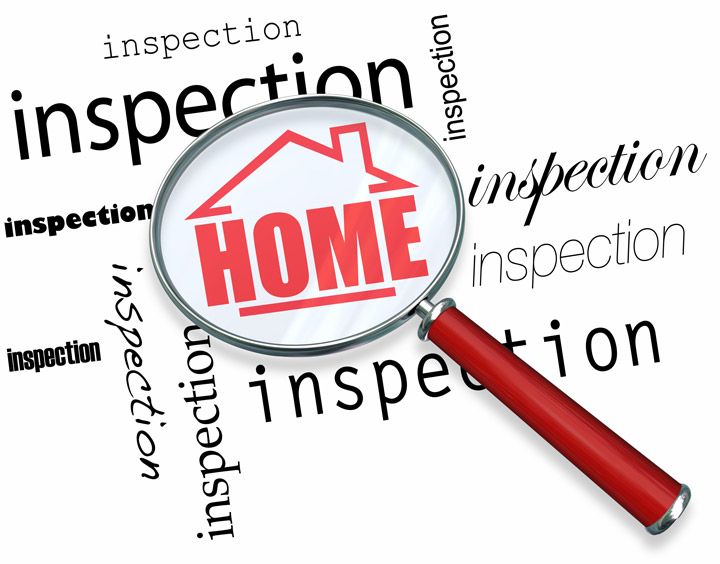
Real Property Appraisals: A PrimerAcquiring a home can be the largest financial decision some of us could ever consider. It doesn't matter if where you raise your family, a seasonal vacation home or an investment, purchasing real property is a complex transaction that requires multiple parties to see it through. Most people are familiar with the parties taking part in the transaction. The most familiar entity in the transaction is the real estate agent. Next, the mortgage company provides the financial capital required to fund the deal. The title company sees to it that all aspects of the sale are completed and that the title is clear to pass to the buyer from the seller. So, what party is responsible for making sure the property is worth the amount being paid? This is where the appraiser comes in. We provide an unbiased opinion of what a buyer might expect to pay — or a seller receive — for a property, where both buyer and seller are informed parties. A licensed, certified, professional appraiser from Camelot Appraisals will ensure, you as an interested party, are informed. Appraisals start with the property inspectionTo ascertain the true status of the property, it's our responsibility to first perform a thorough inspection. We must physically view aspects of the property, such as the number of bedrooms and bathrooms, the location, amenities, etc., to ensure they truly exist and are in the condition a reasonable buyer would expect them to be. To make sure the stated size of the property has not been misrepresented and describe the layout of the home, the inspection often entails creating a sketch of the floorplan. Most importantly, the appraiser looks for any obvious amenities - or defects - that would affect the value of the house. Once the site has been inspected, an appraiser uses two or three approaches to determining the value of the property: paired sales analysis and, in the case of a rental property, an income approach. 
Cost ApproachThis is where the appraiser uses information on local construction costs, the cost of labor and other factors to figure out how much it would cost to build a property nearly identical to the one being appraised. This value usually sets the maximum on what a property would sell for. It's also the least used predictor of value. 
Sales ComparisonAppraisers are intimately familiar with the communities in which they work. They innately understand the value of specific features to the homeowners of that area. Then, the appraiser researches recent sales in the neighborhood and finds properties which are 'comparable' to the subject in question. By assigning a dollar value to certain items such as fireplaces, room layout, appliance upgrades, extra bathrooms or bedrooms, or quality of construction, we adjust the comparable properties so that they are more accurately in line with the features of subject.
After all differences have been accounted for, the appraiser reconciles the adjusted sales prices of all the comps and then derives an opinion of what the subject could sell for. When it comes to putting a value on features of homes in Tempe and Maricopa, Camelot Appraisals is your local authority. This approach to value is most often awarded the most weight when an appraisal is for a real estate sale. Valuation Using the Income ApproachA third method of valuing approach to value is sometimes used when an area has a reasonable number of rental properties. In this situation, the amount of revenue the real estate generates is factored in with income produced by comparable properties to derive the current value. ReconciliationExamining the data from all approaches, the appraiser is then ready to put down an estimated market value for the property in question. The estimate of value on the appraisal report is not always what's being paid for the property even though it is likely the best indication of what a property is worth. There are always mitigating factors such as the seller's desire to get out of the property, urgency or 'bidding wars' that may adjust an offer or listing price up or down. But the appraised value is often used as a guideline for lenders who don't want to loan a buyer more money than the property is actually worth. It all comes down to this, an appraiser from Camelot Appraisals will help you get the most fair and balanced property value, so you can make wise real estate decisions. |